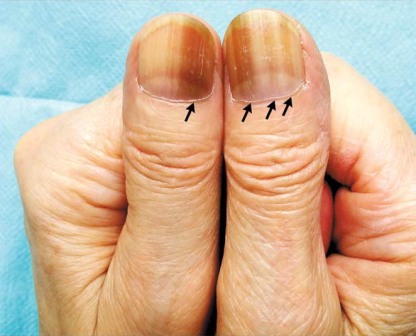Essential Thrombocythemia (ET) Causes, Symptoms, Diagnosis and Treatmnet

What is Essential Thrombocythemia?
Essential thrombocythemia or ET is a rare chronic blood disorder. It is marked by the overproduction of platelets by megakaryocytes in the bone marrow. Platelets are necessary for blood clotting after injury.
It may lead to the development of acute myeloid leukemia or myelofibrosis. It is one of the four disorders characterized by increased production of a particular line of blood cell.
It is more common in people over the age of 50 and is more common in females compared to males. However, young adults may develop it as well.
ET has no cure. However, treatment helps in preventing the disorder from worsening. Treatment includes intake of medicines that lower platelet count or blood thinners.
Symptoms range from feeling fatigued to vision changes. It may also lead to further complications. This includes:
- Pregnancy complications.
Miscarriages - Stroke.
- Heart attack.
Causes of Essential Thrombocythemia:
The exact cause of Essential Thrombocythemia is not yet known.
However, most affected individuals have an acquired gene mutation, which may be contributing factors. Possible gene mutations may include the Janus kinase 2 (JAK2), calreticulin (CALR) or MPL gene mutation. Essential Thrombocythemia with such causes is called primary essential thrombocythemia.
Those which do not occur due to an underlying cause are referred to as secondary thrombocythemia.
Causes of Essential Thrombocythemia:
Signs and symptom may include:
- Development of blood clot
- Headache
- Dizziness or lightheadedness
- Chest pain
- Weakness
- Fainting
- Temporary vision changes
- Numbness or tingling of the hands and feet
- Redness, throbbing and burning pain in the hands and feet
- Mildly enlarged spleen
- Nosebleeds
- Bruising
- Bleeding from mouth or gums
- Bloody stool
- Weakness or numbness of face, arm or leg
- Difficulty speaking or understanding speech (aphasia)
- Blurred, double or decreased vision
- Increased white blood cell counts
- Reduced red blood cell count
Diagnosis of Essential Thrombocythemia:
The following tests and procedures are conducted in order to diagnose Essential Thrombocythemia:
- Medical history
- Complete blood count, to the number of platelets in your blood.
- Blood smear, to view the size and activity of the platelets.
- Genetic testing, to determine whether the patient has chromosomal abnormalities
- Your doctor may also suggest two bone marrow tests:
- Bone marrow aspiration.
- Bone marrow biopsy.
Treatment of Essential Thrombocythemia:
The following treatment options are available:
- Medications
Low-dose aspirin
o To reduce the risk of blood clotting.
o Aspirin may also help relieve erythromelalgia, along with other vasomotor symptoms
Hydroxyurea
Anagrelide, to lower the platelet count
Interferon - Platelet pheresis
By : Natural Health News




